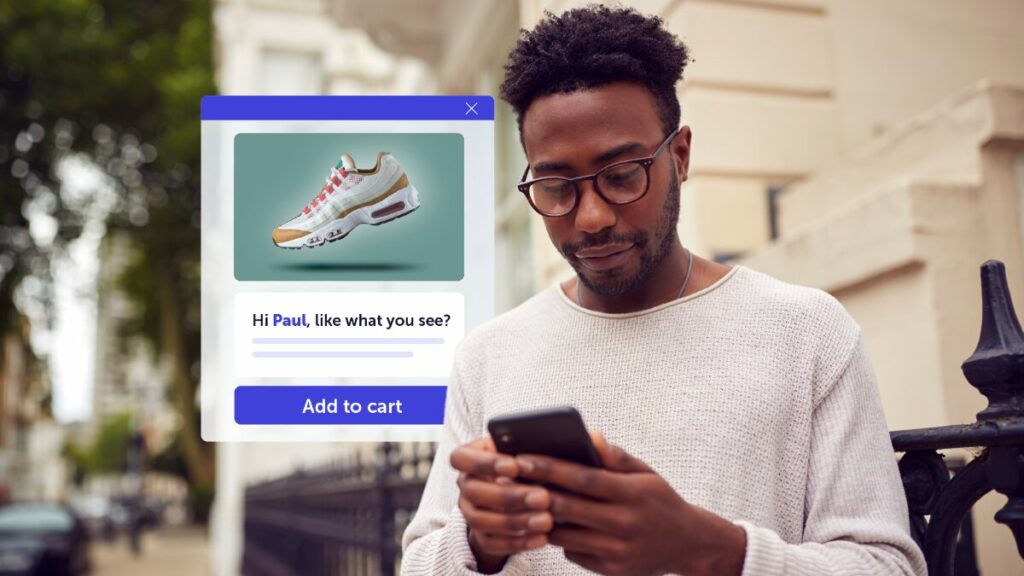What is email segmentation?

Email segmentation is the division of email marketing subscribers into smaller groups based on specific criteria. Segmentation is a core email marketing tactic. It’s a basic personalization tactic that allows you to deliver relevant content to your subscribers.
Email segments divide audiences into groups depending on age, gender, location, interests, and more. If you don’t segment your marketing list, you’ll be sending generic content to your whole database. When customers decide they’re not receiving valuable content they become unengaged.
That’s why segmentation is such an important tactic for all email marketing professionals.
Why is email segmentation important?
We’ve already mentioned how segmentation can improve your email engagement levels, but let’s dive a bit deeper. Why should you use segmentation and what are the benefits?
Not all subscribers are the same
Each of your subscribers will have very different expectations for your brand. One-size-fits-all approaches don’t work. In the same way, you target different personas, different audience groups have specific goals when they subscribe to your marketing.
Email segmentation helps you identify common characteristics among them. As you learn more about your customers, your segments can get more granular. The deeper you go, the more likely you are to convert readers. You’re personalizing emails based on their shared interests and helping them achieve their goals.
Different stages of the sales cycle
Readers will be at different stages of the sales cycle when your email lands in their inbox. To maximize your impact and their experience, it’s important you target customers with the content they need, every step of the way.
You can use segmentation to group your audience according to their stage in the journey. If they have just joined your marketing list, you should be sending them welcome emails and content to introduce your brand. When they’ve made a purchase recently, they’ll need follow-up content to keep them engaged.
Failing to connect with customers at the key stages of your sales cycle, risks losing them altogether. Segmentation makes the likelihood of missing these opportunities significantly smaller.
Better results
Because of the benefits outlined above, you’ll see better results when you send segmented email marketing. You’ll be targeting the right customer, with the right message, at the right stage of the journey. This will lead to more conversions, sales, and ultimately revenue for your brand. If you’re looking to improve your email marketing metrics, segmentation is a must.
Improved deliverability
The more relevant the content your send, the more opens you will get. The more your open rates improve the better your email reputation will be. Everything’s connected.
When you send targeted emails to a segmented database, you’re engaging with your customers more. This will encourage your customers to interact with you on a deeper level.
As customers begin to expect relevant and engaging emails, they’ll open and interact with your emails more often. The more readers engage with your email marketing email providers will recognize you as a reputable and trustworthy brand. Accidentally landing in the spam folder will be a thing of the past.
Enhanced customer experience
When you leverage email segmentation you can improve your customer experience. By delivering tailored, relevant emails to your subscribers, you address their unique needs and interests, making them feel valued and seen. This personalized approach fosters a stronger connection between your brand and your customers, ultimately leading to improved satisfaction and customer loyalty.
How to segment your email list
There are five key ways brands should be segmenting email marketing lists.
1. Demographics
Demographic segments use customer information such as age, gender, marital status, and job title. You should collect this data when new subscribers sign up to receive your email marketing. The more information you gather during the early stage of your relationship, the more advanced you can make your segments.
2. Geographical
Targeting customers based on their location has a massive influence on purchase decisions. Especially if you’re driving shoppers to brick-and-mortar stores or providing delivery updates, customer location is essential data to have. Modern shoppers love convenience. By targeting geographical segments you can drive customers into making spontaneous decisions.
3. Marketing preferences
You should always be collecting marketing preferences, especially during the welcome series in preference centers and re-engagement programs. This is data such as the departments, newsletters, or topics they’re interested in and the frequency with which they would like to hear from you. Driving customers to update their preferences will help you ensure engagement levels are high for each segment.
4. Email engagement
Email engagement metrics such as open rate and click-through rate are automatically tracked. That means it’s easy and straightforward to segment users based on how they interact with your email marketing. Whether it’s non-openers or readers who’ve clicked specific links, targeting these segments will have a huge impact on your results.
5. Behavioral
Behavioral segmentation is the most advanced email segmentation tactic. It’s based on customer behavior on your other channels such as your website. Specific page hits, frequency of visits, and recent activity are just a couple of the segments possible that help gives your email marketing a hyper-personalized feel. You can also use data like purchase history and average order value to create behavioral audience segments.
eRFM segmentation
eRFM is a model that helps businesses profile customers’ shopping habits. Depending on the RFM score a customer gets, you can identify segments from ‘champions’ and ‘recent customers’ to ‘high potential’ and ‘at risk’.
Three factors are considered when categorizing audiences:
- Recency: how recently did the customer purchase?
- Frequency: how often do the purchase?
- Monetary value: how much do they spend?
Dotdigital’s eRFM modeling tool provides eight separate personas you can use to segment and target customers with relevant content.

SMS segmentation
SMS marketing is being adopted by brands around the world. Compared to email marketing’s average open rate of around 89.42% (due to Apple MPP making open rates unreliable), SMS has a read rate of 98% within the first five minutes. It’s a quick and effective way to reach audiences with important information.
But it’s also becoming the new channel for batch-and-blast customers.
Like email marketing, you should segment SMS audiences. This will ensure engagement and start two-way conversations.
Because of the immediacy of SMS, you should base your audience segments on data such as location and recent activity. Segmentation will help you to connect with engaged audiences and deliver relevant promotions and offers that will land with an impact.
Summary
Email segmentation is a powerful tool to improve your marketing strategy. By understanding the different ways to segment your audience and the benefits it brings, you can create tailored and relevant messaging that resonates with your subscribers. This personalized approach not only drives engagement but also fosters customer loyalty, leading to increased conversions, sales, and overall success of your marketing campaigns.



